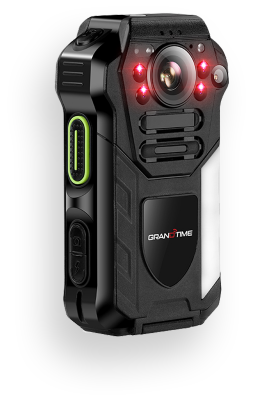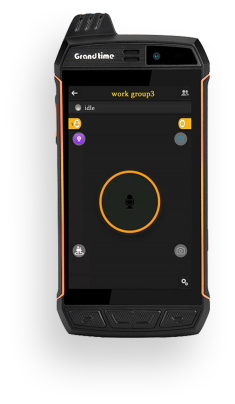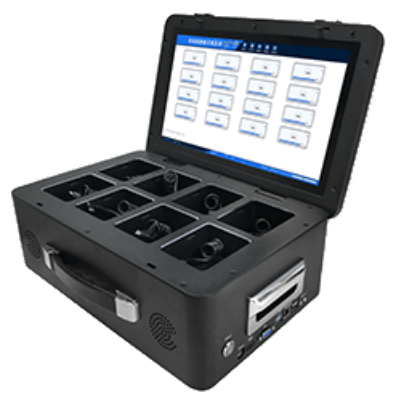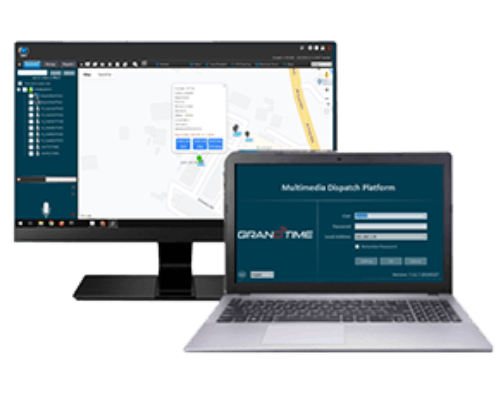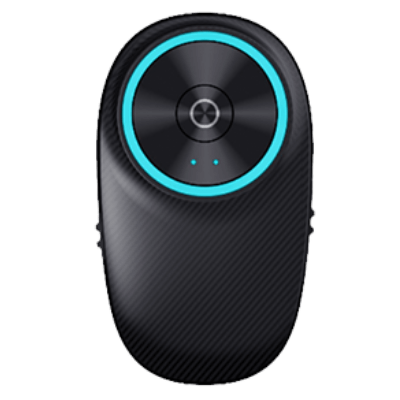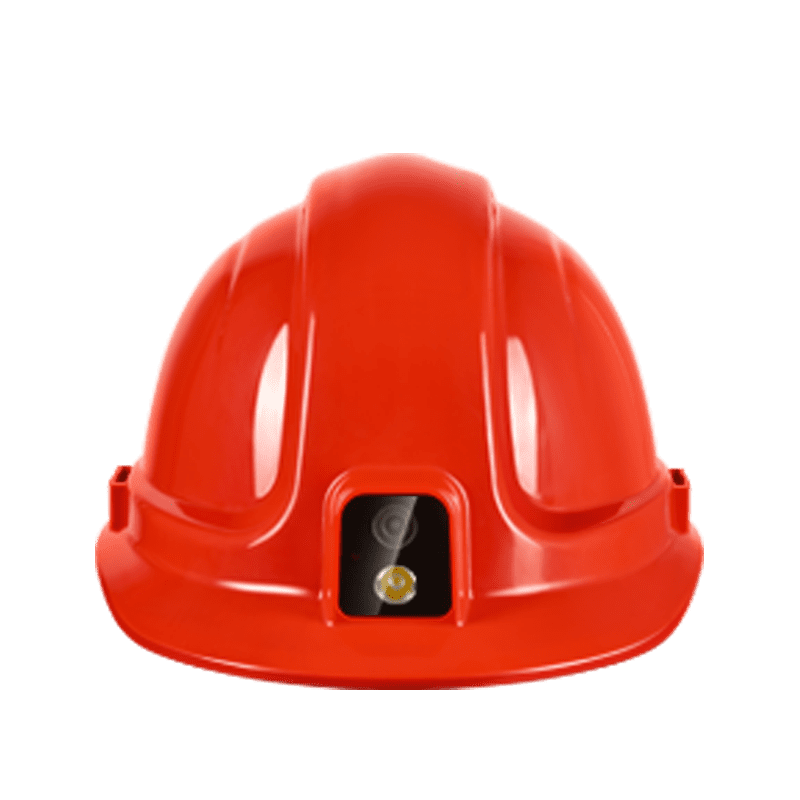With the advancement of technology and the increase in industrial safety needs, smart personal protective equipment (PPE) is becoming more and more important. Among them, smart helmets, as a cutting-edge innovation in this field, are leading a new trend in personal safety protection. This article will introduce the definition, development history, importance and future development prospects of smart helmets.
Personal protective equipment (PPE) refers to "all equipment which is intended to be worn or otherwise used by a person at work and which protects the person against one or more hazards to his/her safety or health". It includes safety helmets, gloves, eye protectors, respiratory protective equipment, ear protectors, high visibility clothing, safety shoes, safety harnesses, etc. PPE should only be regarded as the last resort in the hierarchy of hazard control measures. It is a supplement to other measures, but not a substitute for them. To select suitable PPE, risk assessments have to be carried out to determine which type of PPE is the most suitable one. The selected PPE must conform to internationally recognized standards or the standards stipulated in the legislation for the purpose of ensuring its effectiveness. Employers have duties on guidance, training and supervision with respect to use of PPE. They should ensure that their employees know why and when PPE is used, its maintenance or replacement schedule and limitations. Employees must wear PPE for the entire period of exposure to hazards.
Definition of smart helmets
Smart helmets are a type of personal protective equipment that integrates advanced sensors, communication technology and data processing functions. Compared with traditional helmets, smart helmets not only provide basic head protection, but also have intelligent functions such as real-time monitoring, data analysis, and alarm prompts. These functions enable smart helmets to not only protect the wearer from physical damage, but also provide early warnings and real-time feedback in potentially dangerous environments.
Development history of smart helmets
The concept of smart helmets is not a one-day effort, but has gone through years of technological accumulation and progress. The earliest smart helmets may only integrate basic communication functions for voice communication between on-site personnel. With the rapid development of sensor technology, the Internet of Things (IoT) and artificial intelligence, modern smart helmets have been able to achieve complex data collection and analysis.
Initial stage: The initial smart helmets focused on basic communication and location tracking functions. With built-in microphones and speakers, workers can communicate with colleagues more conveniently and improve work efficiency.
Development stage: As technology develops, smart helmets begin to integrate more functions, such as environmental monitoring, temperature regulation, and location tracking. The focus of this stage is to improve the comfort and safety of the wearer.
Mature stage: Current smart helmets are equipped with a variety of sensors that can monitor the wearer's physiological state, environmental risks (such as gas leaks or high temperatures), and working conditions in real time. Real-time transmission and analysis of data enable the helmet to provide instant alerts and decision support, significantly improving the level of on-site safety management.
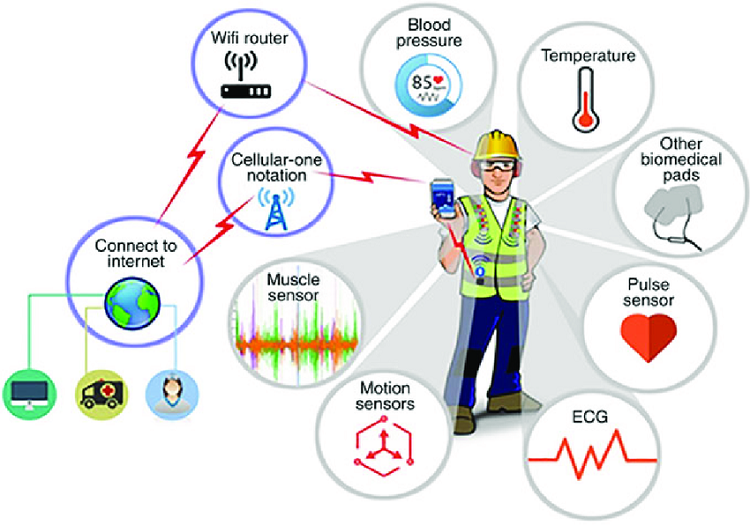
Importance of smart helmets
Improve safety: Smart helmets can detect potential dangers and issue alerts in a timely manner by monitoring the environment and the wearer's health status in real time. This instant feedback helps reduce the possibility of accidents and protect workers' lives.
Optimize work efficiency: By integrating communication and data analysis functions, smart helmets can improve on-site coordination efficiency and response speed. For example, when the helmet detects an abnormality, it can immediately notify relevant personnel to help quickly take necessary measures.
Data-driven decision-making: The data collected by smart helmets not only helps real-time safety management, but also provides valuable information for long-term safety analysis. This data can be used to optimize safety procedures, improve workflows, and develop future safety strategies.
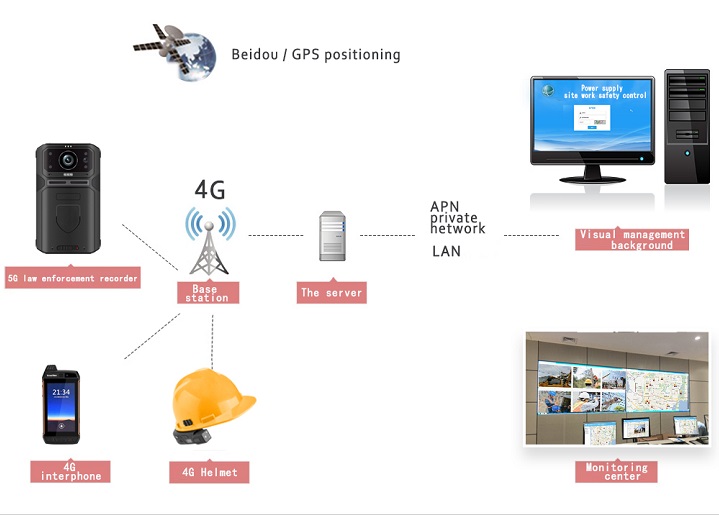
Development prospects of smart helmets
The future of smart helmets is full of infinite possibilities. With the continuous advancement of technology, future smart helmets will have more powerful functions and higher levels of intelligence.
Stronger integration capabilities: Future smart helmets may integrate more sensors and functions, such as augmented reality (AR) display, real-time health monitoring, and intelligent navigation. These functions will further enhance the practicality and intelligence of helmets.
Application of artificial intelligence: The development of artificial intelligence technology will enable smart helmets to analyze data and predict risks more accurately. Through machine learning and data mining, smart helmets will be able to better understand the environment and the needs of the wearer and provide personalized safety protection.
Wide range of application areas: The application scope of smart helmets will not be limited to traditional construction and industrial fields, but may also extend to rescue, transportation, energy and other industries. With the popularization of technology and the reduction of costs, smart helmets will become standard configuration in more fields.

